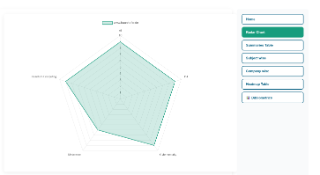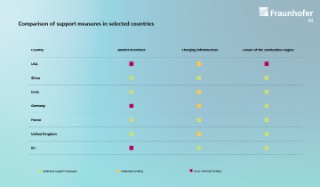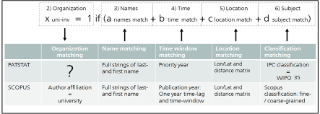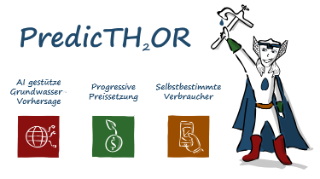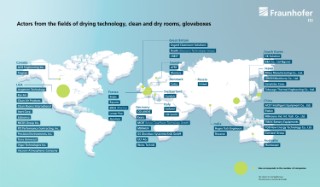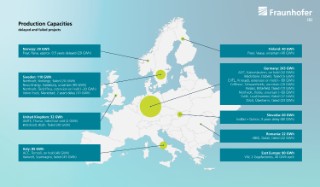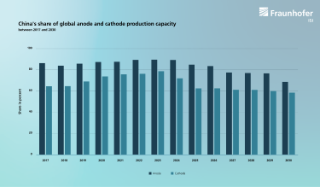The articles in the Fraunhofer ISI blog provide insights into the research topics of the institute. Whether interim reports from current projects, interviews with scientists or statements on current debates: The articles cover the broad spectrum of Fraunhofer ISI and will appear depending on the topic.
The global supply of essential raw materials for battery production is closely linked to geopolitical dependencies and the market dominance of individual global companies. The focus is particularly on market structures, geopolitical influences, production capacities and security of supply.
more info
